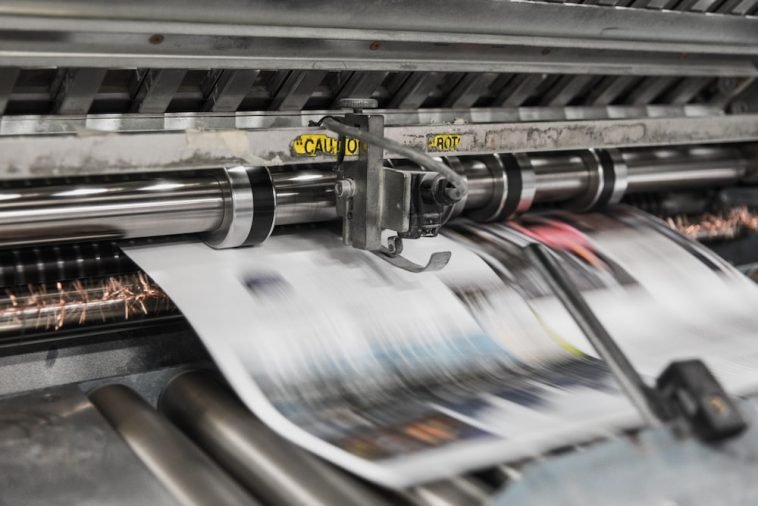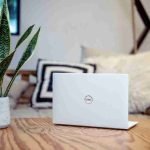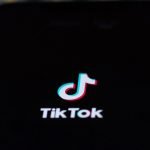Introduction.
AI art is changing the game for anyone looking to start or grow a print-on-demand (POD) business.
You can generate artwork that looks professional, trendy, or even completely surreal—ideal for everything from T-shirts and tote bags to wall art and mugs.
This guide will cover how to use AI tools to generate artwork for print-on-demand, from setting up with popular platforms to tips for optimizing designs.
We’ll also look at the pros and cons, and common questions about using AI-generated art for POD, and end with a question to help you brainstorm your next steps.
How Do I Use AI Art For Print On Demand?
Step 1: Choosing the Right AI Art Tool.
There are several AI art generators out there, each with unique features. Here are some popular ones to consider:
- Midjourney – Known for its highly realistic and stylized results, often great for high-quality prints.
- DALL-E – Developed by OpenAI, DALL-E 3 has improved style control, making it ideal for custom POD designs.
- NightCafe – Offers a range of styles and customization, making it versatile for different print products.
- Artbreeder – Great for creating specific characters and scenes, ideal for niche products or customized art prints.
Each of these tools has a unique aesthetic, so experiment with them to see which fits your style and brand best. Many of these tools have free versions or trial options, so it’s easy to test a few before committing.
Step 2: Creating High-Quality AI Artwork.
To make sure your artwork looks good on physical products, follow these tips:
- Resolution Matters: AI-generated images should be high-resolution, typically 300 DPI (dots per inch), to ensure they look sharp when printed. Most AI tools support high-resolution outputs; if not, consider using an upscaling tool like Topaz Gigapixel AI or Photoshop.
- Use Bold, Simple Designs for Clothing: Detailed images can lose clarity on clothing, especially when printed on fabrics with textures. Bold, simple designs, or designs with clear contrast, tend to look best on apparel.
- Test for Color Accuracy: Colors can appear differently on screen versus print. Consider getting test prints or using mockup tools that simulate how the final product will look.
Step 3: Uploading Designs to POD Platforms.
Most POD platforms make it simple to upload your AI-generated art. Here’s a quick guide for popular platforms:
- Printful and Printify: These platforms allow you to upload designs, customize product placement, and add multiple items to your shop. Both also have integrations with e-commerce sites like Etsy and Shopify.
- Redbubble and Society6: Ideal for artists who want to focus on selling art directly. These platforms have built-in audiences and offer a wide range of products (wall art, apparel, accessories, and more).
- TeeSpring: While originally focused on T-shirts, TeeSpring now offers various products and a simple upload interface, making it great for beginners.
Once uploaded, be sure to preview the products and adjust placements as needed to ensure they look great on different product types.
Pros and Cons of Using AI Art for Print-on-Demand
Pros
- Efficient Design Process: AI art generators can create detailed artwork quickly, reducing the time and cost of hiring a designer.
- Infinite Creativity: With AI, there’s no shortage of new ideas. You can easily generate unique artwork for seasonal products or custom designs based on trends.
- Affordable: Many AI art tools are free or offer affordable monthly subscriptions, making them accessible even for small businesses.
- Scalability: AI art allows you to scale your design production effortlessly, helping expand your product range without extra manpower.
Cons
- Quality Control: Not all AI tools produce high-quality images suitable for print, so testing is key.
- Limited Customization: Some AI tools lack control over fine details, which can be a drawback if you have a very specific vision.
- Legal and Ethical Concerns: Some AI tools use datasets that may contain copyrighted art, so understanding the tool’s policies and potential licensing issues is essential.
Frequently Asked Questions (FAQ)
1. Is AI art copyright-safe for print-on-demand?
It depends on the tool. Some AI art generators, like OpenAI’s DALL-E, have user agreements that allow commercial use, while others may have limitations. Always check the licensing terms for each AI tool to ensure compliance.
2. Can I modify AI art after it’s generated?
Yes, and it’s often recommended! Simple adjustments like resizing, adding text, or combining images can enhance the final look. Tools like Photoshop or Canva are great for refining AI-generated art.
3. How do I ensure AI art looks good in print?
Start by ensuring the image is high-resolution and designed with the specific product in mind. Testing print samples can help, especially when printing on fabrics or textured materials.
4. What’s the best format for uploading to POD platforms?
PNG format is ideal for most POD platforms, especially for designs requiring transparency (like those used on clothing). For posters or high-res prints, JPEGs with 300 DPI are often sufficient.
5. Can AI art help with seasonal designs?
Absolutely! AI is great for quickly generating themed designs for holidays or trends, letting you refresh your product lineup throughout the year without needing a designer.
Conclusion
AI art is a powerful tool for anyone interested in print-on-demand, offering creative freedom without the typical constraints of traditional art methods.
With the right approach, it’s possible to create, test, and scale a range of products, all from unique, AI-generated designs.
The future of AI in the art space is evolving quickly, so staying updated on new tools and trends can also provide a competitive edge.
What are your thoughts on trying AI art for your next print-on-demand project?





GIPHY App Key not set. Please check settings